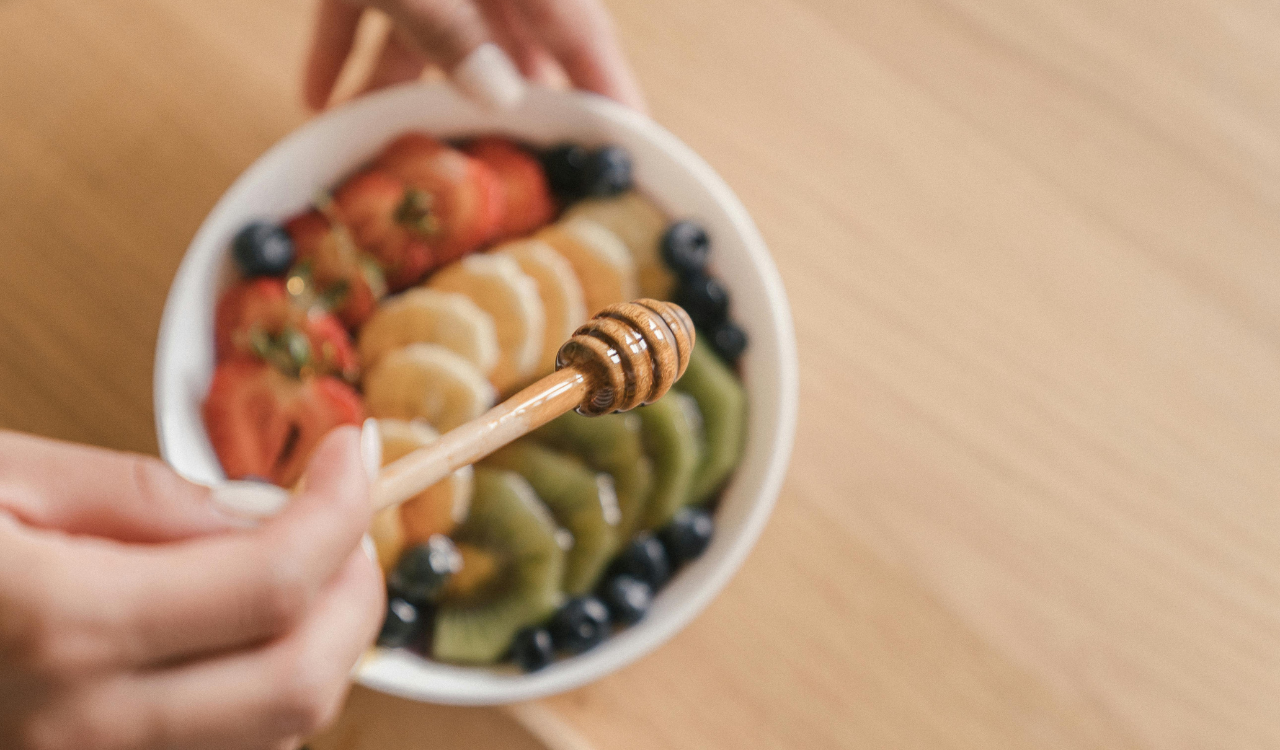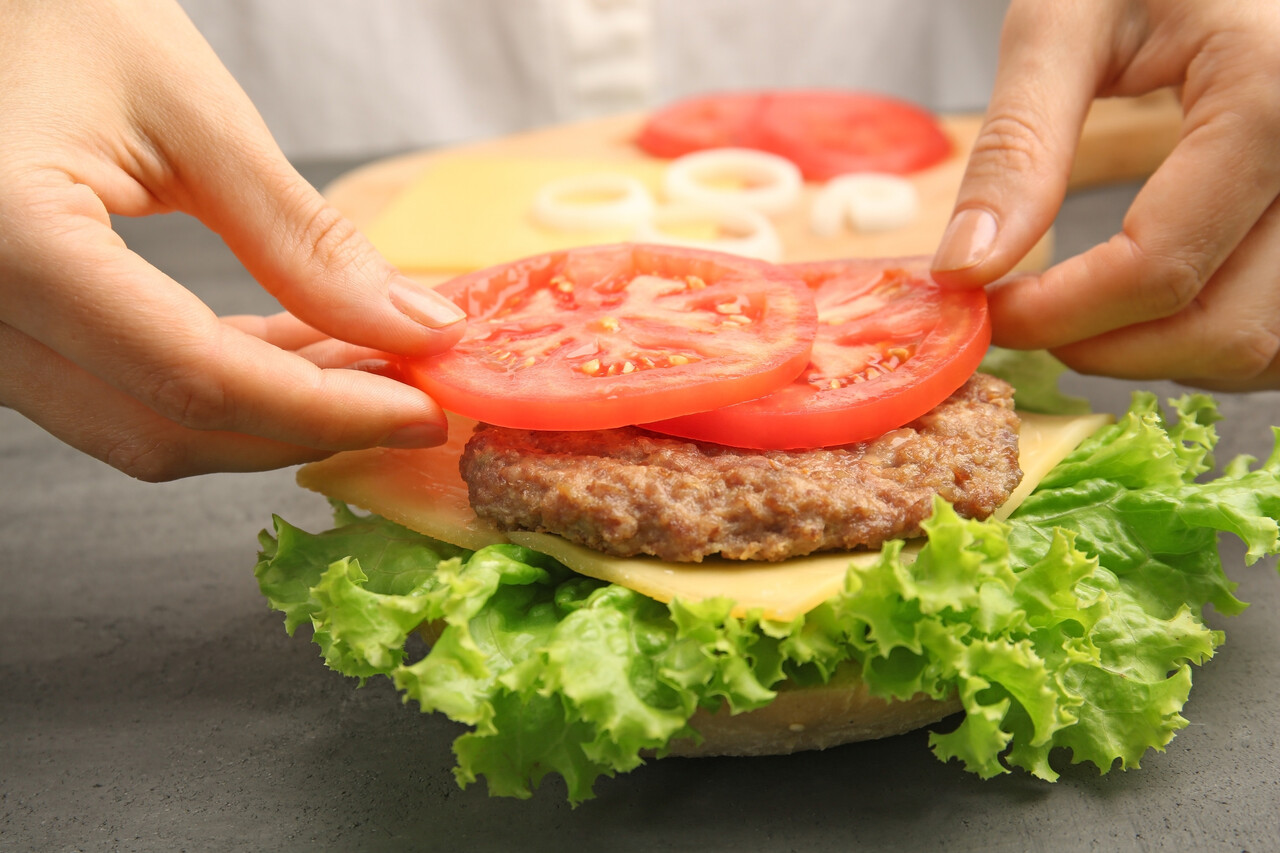8 Reasons Why Restaurant BBQ Ribs Always Taste Better Than Homemade

You’re not alone if you’ve ever attempted to make BBQ ribs at home and questioned why they don’t quite compare to the delectable perfection of your favorite barbecue restaurant. Ribs from restaurants have a distinct flavor, texture, and juiciness that is difficult to replicate at home. It’s not just the recipe that holds the key. It all comes down to technique, equipment, and a few insider tips that restaurants regularly use. Here’s why restaurant BBQ ribs are so superior.
1. Professional Smokers Make a Huge Difference

Industrial-grade smokers, which provide meat with a deep smoky flavor over several hours, are frequently used in restaurants. Certain woods, such as oak or hickory, are used in these smokers because they burn slowly and impart complex flavor layers. The ribs lose out on the expert-level smoke infusion that restaurants effortlessly and precisely achieve because most home cooks lack access to this level of equipment and control.
2. Chefs Use the “Low and Slow” Method Perfectly

You never rush great ribs. In restaurants, chefs spend hours slowly cooking ribs at low temperatures so that the connective tissue can slowly break down. When cooking quickly at home, it’s difficult to match the fall-off-the-bone tenderness that this method produces. Without expert timing and equipment, it’s difficult to replicate the steady, patient pace of a restaurant kitchen, even when using the oven or grill.
3. They Prep with Marinades and Rubs in Advance

Restaurant chefs frequently marinate or dry rub ribs for up to 24 hours before putting them on the stove. This prolonged duration enables flavors to completely permeate the meat. Due to time constraints, we frequently omit or shorten this step at home. The difference is evident. Giving spices, sugars, and seasonings time to seep deeply into the meat’s fibers enhances their flavor and tenderness.
4. Precise Temperature Control is Key

Commercial ovens, grills, and smokers in professional kitchens enable precise temperature control to within one degree. There won’t be any overcooked or undercooked areas thanks to this accuracy. Dry or rubbery ribs can result from uneven oven heat or fluctuating grill temperatures at home. Restaurants eliminate this uncertainty by using precisely calibrated cooking equipment to produce consistently good results each and every time.
5. Secret Sauces Are Carefully Layered

Proprietary blends that balance sweetness, spice, tang, and smoke are frequently used in restaurant barbecue sauces. However, how and when they use it is just as important as the sauce itself. To ensure that it caramelizes without burning, chefs know to layer it near the end of cooking. Instead of the glossy, flavorful glaze you see in restaurants, home cooks frequently apply it too quickly or all at once, which can result in charred or sticky messes.
6. They Rest the Ribs Before Serving

Allowing the ribs to rest after cooking is a step that is frequently missed. Restaurants are aware that this pause improves the flavor and tenderness of the meat by allowing the juices to redistribute throughout it. We frequently serve ribs straight off the grill at home because we are too eager. Instead of staying locked in, that rush causes the juices to spill out. Resting for even ten to fifteen minutes can significantly enhance the eating experience.
7. They Source High-Quality, Consistent Meat

Typically, restaurants purchase their meat from reliable vendors who offer consistently fresh, well-marbled cuts. High-quality meat has a significant impact on the finished dish. The freshness and fat content of the supermarket ribs that home cooks may use can vary greatly. Great meat is the foundation of the best ribs, and restaurants make sure they start with a premium product.
8. Experience and Repetition Count

For years, chefs have been making ribs every day. Because of that experience, they have refined their techniques via feedback, experimentation, and repetition. They are aware of what works and what doesn’t. Even with excellent recipes, home cooks might only prepare ribs occasionally. It is more difficult to master all the little but crucial details that go into making delicious restaurant-style ribs because of that learning curve.





